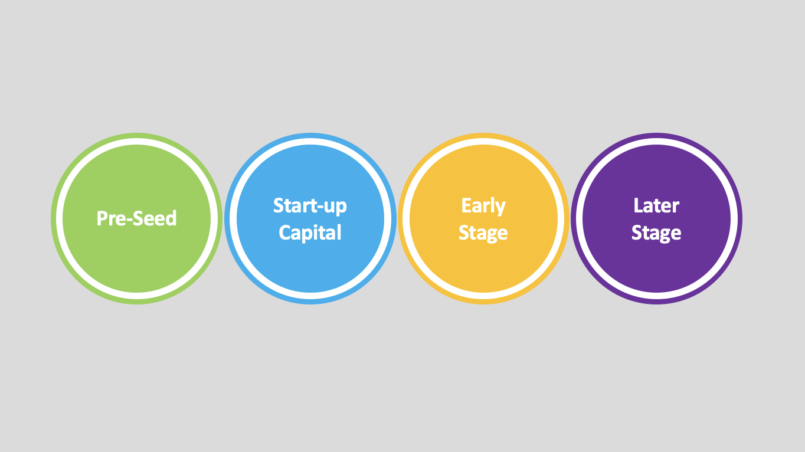In venture capital, there are a few stages of funding. The different stages differ based on the stage of your business, how you plan to use the capital, and more.
Series A
Startups seeking financing at this stage have proven product-market fit and are ready to monetize their customer base with consistent revenue flow.
Pre-seed
The pre-seed stage is the earliest startup funding round. During this phase, entrepreneurs seek to validate their product idea, build a prototype or minimum viable product (MVP), and assemble a core team. During this time, the company may also enroll in a business accelerator program to receive early-stage funding and mentorship.
In this stage, investors are likely to give startups a relatively low valuation of their businesses because there is very little product and market traction. This is why it is important for entrepreneurs to find a good network of angels who can provide seed money at an appropriate valuation.
During this stage, it is a good idea for startups to seek funding from both venture capital funds and 3F (friends, family, and fools). In most cases, founders will invest their own personal money into the startup in exchange for preferred shares. This is often referred to as bootstrapping and can be a great way for startups to avoid dilution and maintain ownership of their business.
Startups in the pre-seed stage can spend a long time pursuing funding, as they are usually engaged in a race to get to their next milestone: product-market fit. This is why it’s a good idea for entrepreneurs to keep their networks of investors updated and pitch them whenever they have new information about the business.
After a startup raises its pre-seed, seed, Series A, and Series C funding rounds, it can begin investing in growth and expansion. During this time, companies may seek to acquire additional patents and trademarks, as well as establish a global presence. This is also a good time for them to create legal documentation such as partnership agreements and contracts with customers.
A startup’s valuation at the Series A funding stage will typically be higher than its seed or pre-seed stage valuation because it has begun to show traction and a larger customer base. The company will be able to use the proceeds from this round of investment to hire more employees, scale up production, and purchase equipment and inventory.
When a startup seeks to raise Series A funding, it is important to find a reputable venture capital firm with the right investment style and background. The firm should have a deep knowledge of your industry and be able to offer valuable connections. Additionally, the firm should have a history of successfully backing companies at the same stage as yours.

